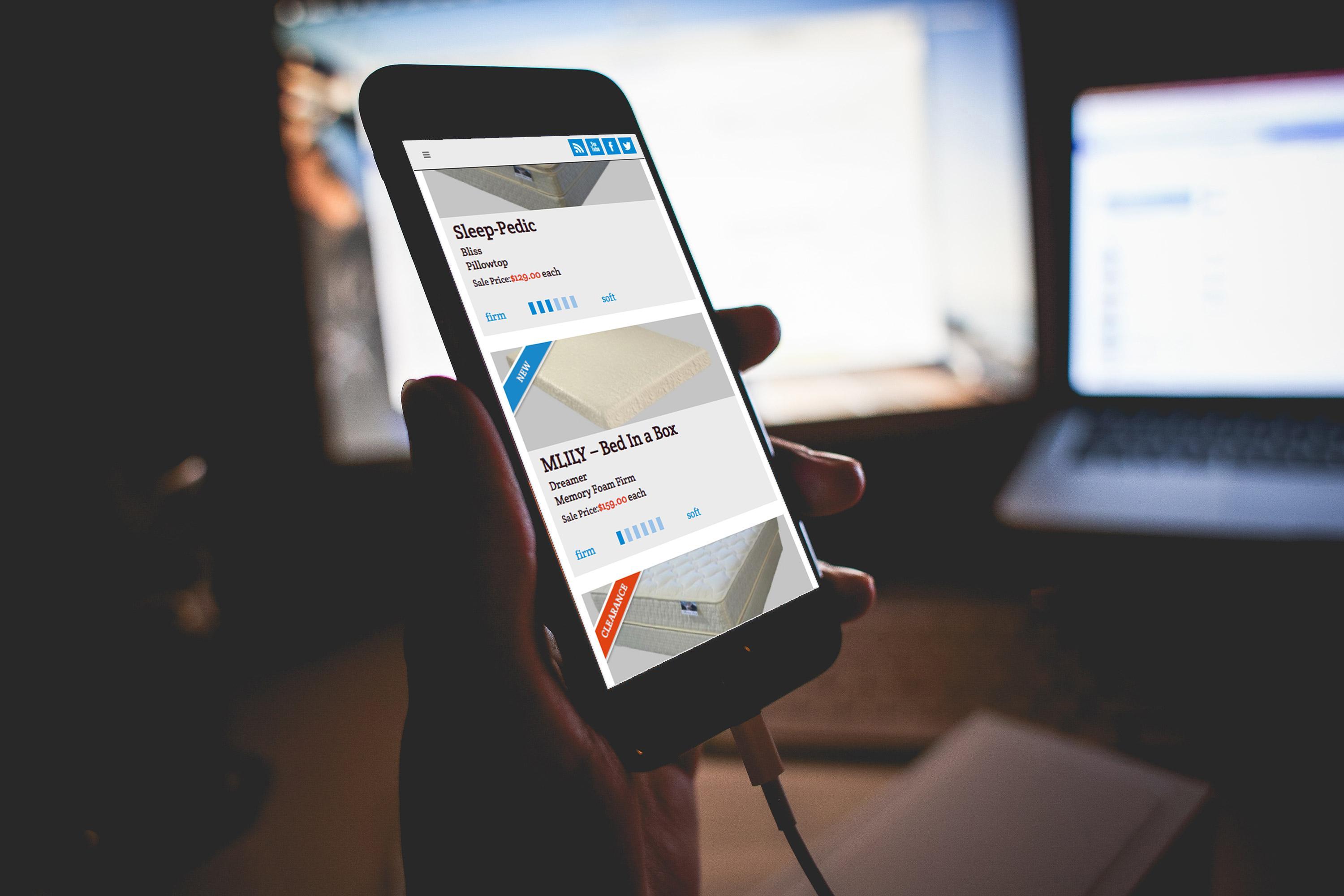So, you’re getting ready to run a PPC campaign for your company – great! You know PPC campaigns require planning and research. Selecting keywords, setting a budget spend strategy, and writing ad copy are a few of those steps. One step that often gets overlooked is creating a great landing page.
The landing page is the website page people land on after they click on your PPC ad. It is where your desired conversion (a completed web form, a downloaded E-Book, a purchase, etc.) takes place. Without an effective landing page, your advertising dollars may not result in conversions.
enCOMPASS Agency has provided PPC advertising for quite a while. In that time, we’ve learned what works, and what does not work, when it comes to landing pages. We want to share our knowledge to help you craft the perfect landing page.
White Space – Your New Best Friend
As defined by Wikipedia, white space is the portion of a page left unmarked: margins, gutters, and space between columns, lines of type, graphics, figures, or objects drawn or depicted. White space on a landing page refers to space that has nothing on it – no text, image, or graphic designs.
The right combination of text and well-designed visual cues (arrows, buttons, and other easy to understand graphics) will allow ample white space on your PPC landing page. This white space will enable you to highlight the most important part of your landing page – the call to action.
Poorly-designed, text-heavy, and cluttered landing pages leave the user feeling at best confused, and at worst claustrophobic. They become unsure of what they need to do once they get to the landing page. If they cannot easily find the information they seek, they will quickly leave the website.
PPC campaigns that send traffic to poorly designed landing pages waste the company’s money AND leave the user feeling frustrated. Before running a PPC campaign, take some time to design a visually-appeasing and easy to understand landing page. Your conversion rates will be much higher if you do.
Provide Immediate Benefit Calls to Action
Let’s pretend you are in the market for a new car. You want an estimate for the trade-in value of your current car before shopping for the new one. Out of the options below, which call to action would more likely lead you to fill out a form on a car dealership’s website?
Option 1: What Is My Vehicle Worth?
Option 2: Contact Me About Trading In My Car.
Option 1 provides an immediate benefit to you for two reasons. One, you will likely receive an immediate answer to your question, “What is my vehicle worth?” Two, you do not have to speak to a car salesperson.
You get a quick and easy answer to your question without a long, sale-driven phone conversation.
Option 2 offers no immediate benefit. You have to fill out a form and then wait for someone to contact you. That wastes time, does not answer your question, and seems a little intrusive.
Both options lead to a similar web form where the car dealership gains information about you. But Option 1 provides an immediate benefit to YOU by answering YOUR question. Since you get the answer you want, you’re OK with giving the car dealership some personal information.
When writing the text of your landing page calls to action, focus on the immediate benefit website visitors seek – finding the answer to their question or a solution to their problem.
Only Require Minimum Information
Have you ever been to a website that asked several questions before giving you the information you sought? Most people greatly dislike answering all those questions for two reasons. First, they just want the information! Second, they may not want to enter a lot of their personal information.
Depending on what your company does, your PPC campaign will seek to gather different types of information. We recommend requiring only the minimum information you need at that stage of the buyer’s decision process. When setting required fields for your landing page call to action, ask yourself this: If I were shopping for this product or service, would I fill out this much information?
If you have any hesitation, remove a field or two.
A Three Word Summary
We can condense our PPC landing page advice into three words:
Keep it simple.
When designing your landing pages, keep the end users in mind. A landing page that is simple in design, text, calls to action, and in the amount of personal information required will convert much more frequently than an overly complex one.
SHARE THIS ARTICLE:



